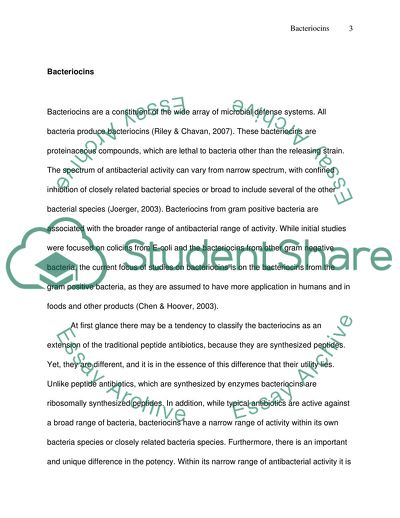Cite this document
(Bacteriocins and Their Impact on Our Lives and Agriculture Essay, n.d.)
Bacteriocins and Their Impact on Our Lives and Agriculture Essay. https://studentshare.org/biology/1771243-bacteriocins-and-its-impact-on-our-lives-and-agriculture
Bacteriocins and Their Impact on Our Lives and Agriculture Essay. https://studentshare.org/biology/1771243-bacteriocins-and-its-impact-on-our-lives-and-agriculture
(Bacteriocins and Their Impact on Our Lives and Agriculture Essay)
Bacteriocins and Their Impact on Our Lives and Agriculture Essay. https://studentshare.org/biology/1771243-bacteriocins-and-its-impact-on-our-lives-and-agriculture.
Bacteriocins and Their Impact on Our Lives and Agriculture Essay. https://studentshare.org/biology/1771243-bacteriocins-and-its-impact-on-our-lives-and-agriculture.
“Bacteriocins and Their Impact on Our Lives and Agriculture Essay”. https://studentshare.org/biology/1771243-bacteriocins-and-its-impact-on-our-lives-and-agriculture.


